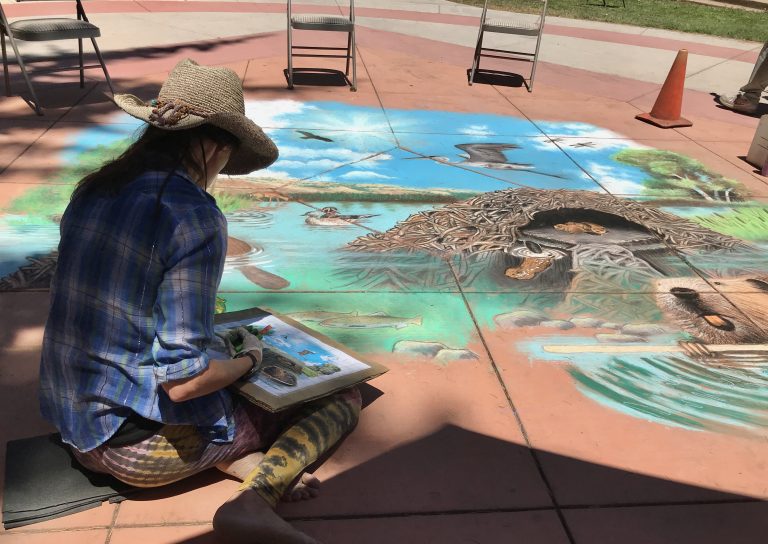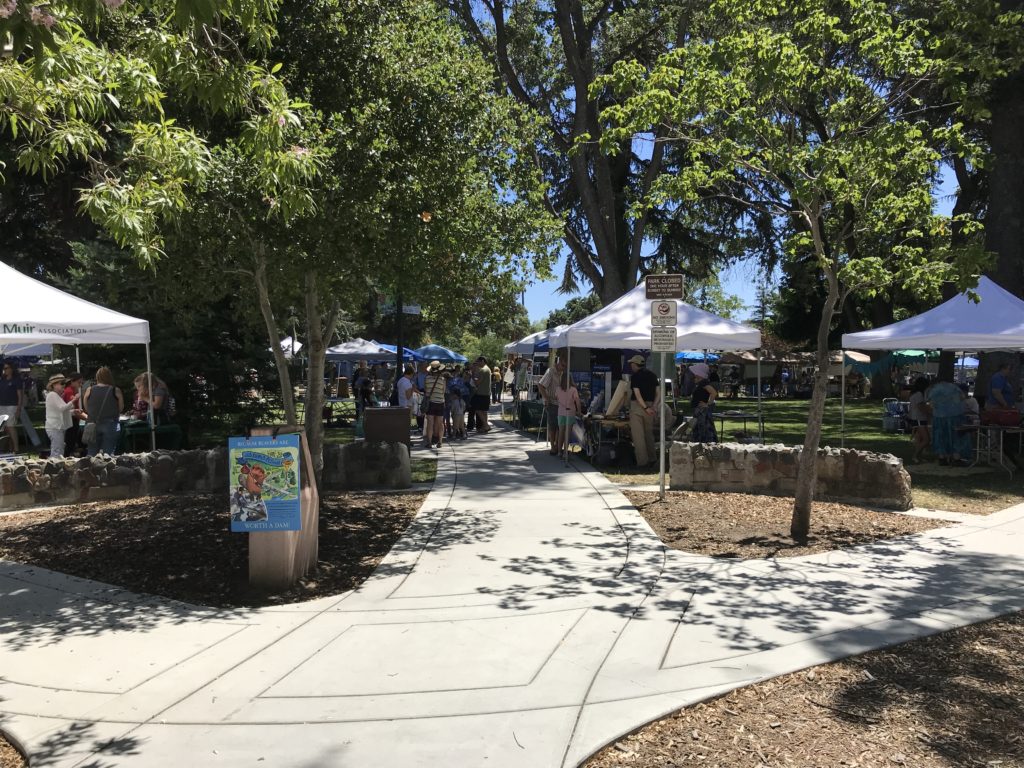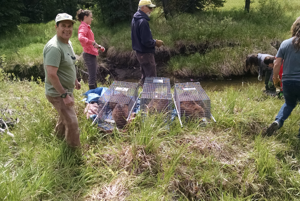 The center for Humans and Nature is a nonprofit operating out of Chicago that uses research, events, writers and thinkers to encourage ethical decision making in dealings with the natural world. It was formed in 2003 by Stachan Donnelley and has earned widespread support and stature. In addition to its publications and community events it also runs the city creatures blog edited by Gavin Van Horn, author of “The way of the Coyote: Shared Journeys in the Urban Wilds”. Gavin happened to meet up with our friend Forest Service Steve Dunsky a few months back and the two started talking about the Martinez beavers and their unique story. Steve later introduced me to Gavin who asked for an article.
The center for Humans and Nature is a nonprofit operating out of Chicago that uses research, events, writers and thinkers to encourage ethical decision making in dealings with the natural world. It was formed in 2003 by Stachan Donnelley and has earned widespread support and stature. In addition to its publications and community events it also runs the city creatures blog edited by Gavin Van Horn, author of “The way of the Coyote: Shared Journeys in the Urban Wilds”. Gavin happened to meet up with our friend Forest Service Steve Dunsky a few months back and the two started talking about the Martinez beavers and their unique story. Steve later introduced me to Gavin who asked for an article.
The city creatures blog does not resemble this blog in any way. It is published once a week, and the articles are carefully chosen, crafted and solicited from the brightest authors, thinkers and unpublished voices in the field. Go look at a few of the articles and you will see. It also pays for content.
Gavin thought a beaver article would be a perfect addition but at the time I was literally surrounded with festival details so I said maybe after its over? He cheerfully gave me a deadline of July 10th. Last weekend, after the final silent auction item was collected, the hum of the festival mostly died down, and the flutter of community still in my veins I decided to give it a try.
I have, of course, told the story many, many times before. The hardest part wasn’t knowing what to say. It was knowing what not to say. I was asked for a brief succinct 2000 words that told our story in an engaging and unforgettable way. There were so many things I had to leave out and so many things I could barely mention.
Never mind. Yesterday I found out that the story is going to be published next week. I dare say you’ll read about it here. The contract allows republication, and I like to think that everyone that reads it will learn how beavers can help cities.
Not bad for a weekend’s work.



 Signs of beaver activity, including felled trees and gnawed stumps, are a common sight in riverside towns and cities across Alberta. The large rodents—at up to 77 pounds, the largest in Canada—make themselves at home anywhere there is suitable water and food.
Signs of beaver activity, including felled trees and gnawed stumps, are a common sight in riverside towns and cities across Alberta. The large rodents—at up to 77 pounds, the largest in Canada—make themselves at home anywhere there is suitable water and food.
 he is the president of the
he is the president of the




 Project relocates nuisance beavers into tributary streams along Methow River
Project relocates nuisance beavers into tributary streams along Methow River



































